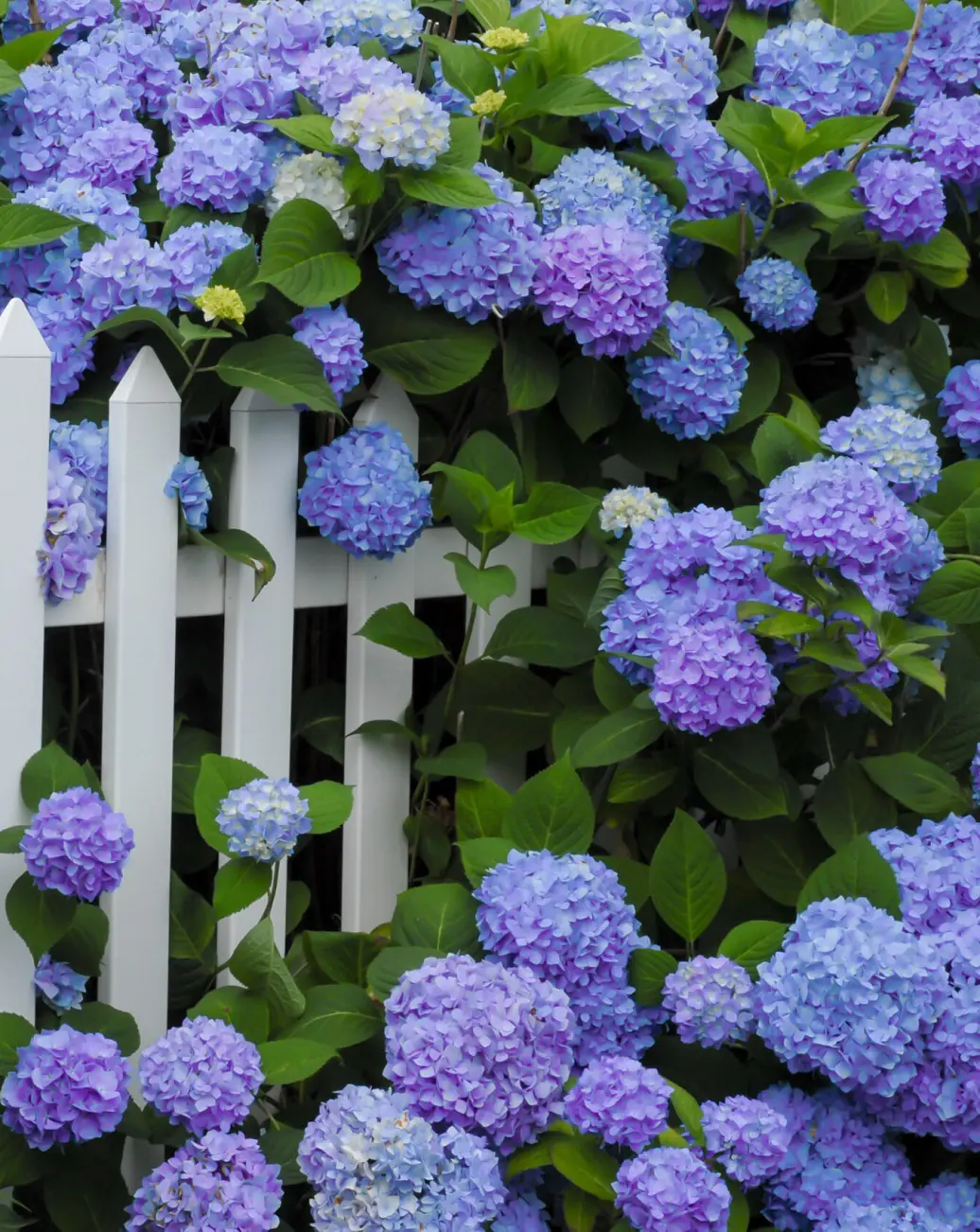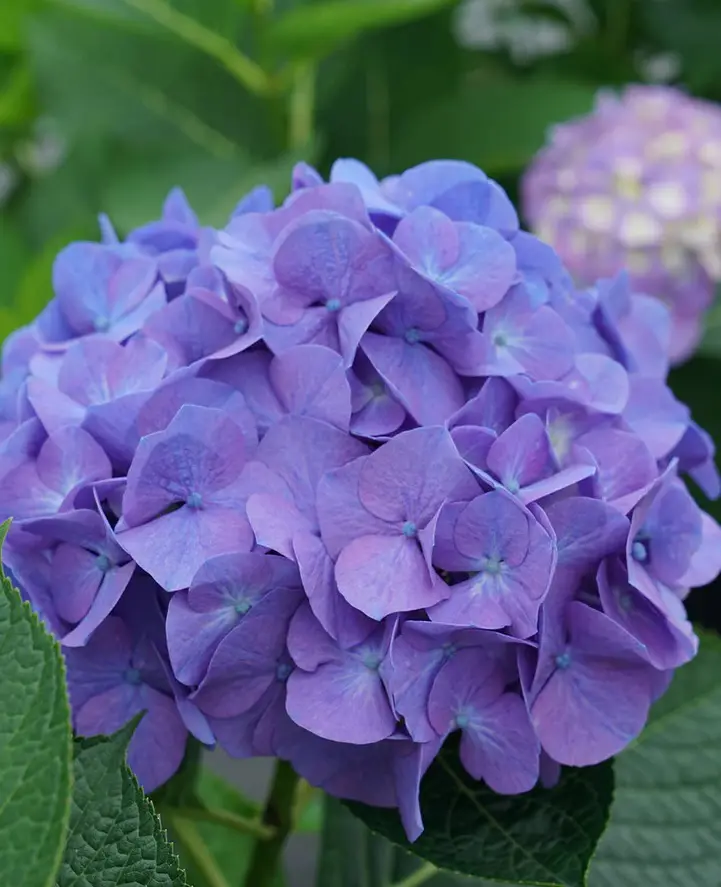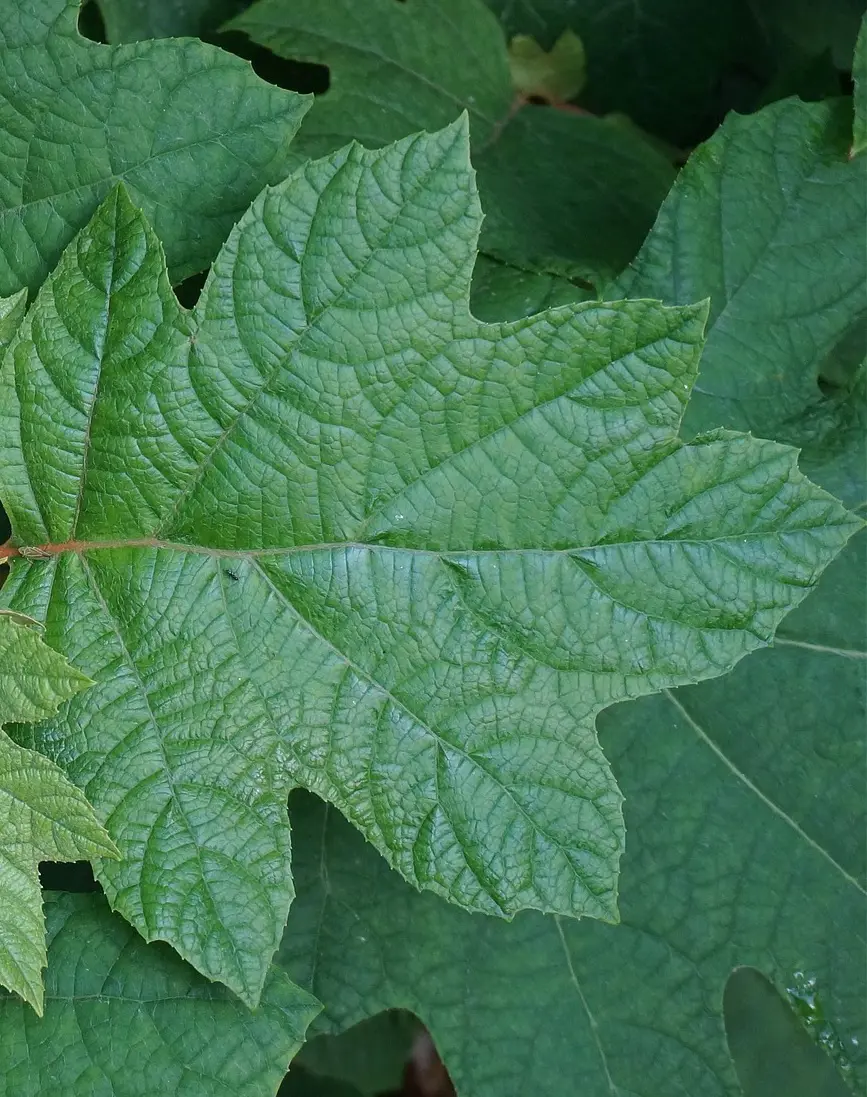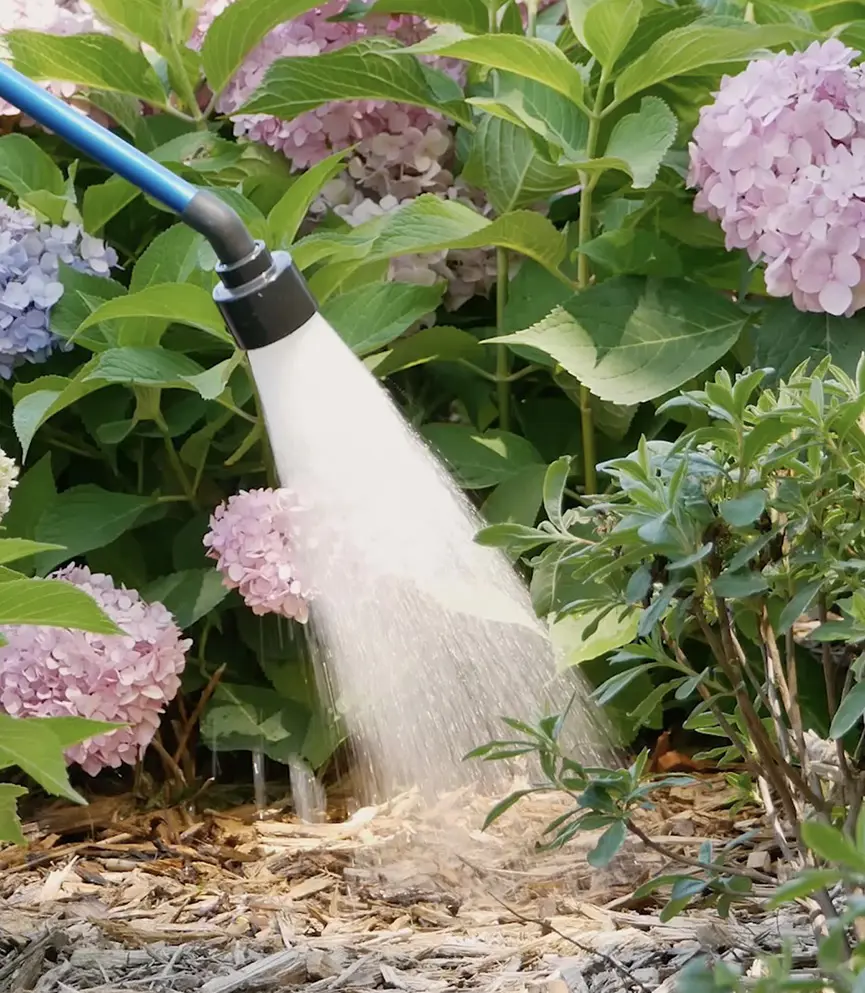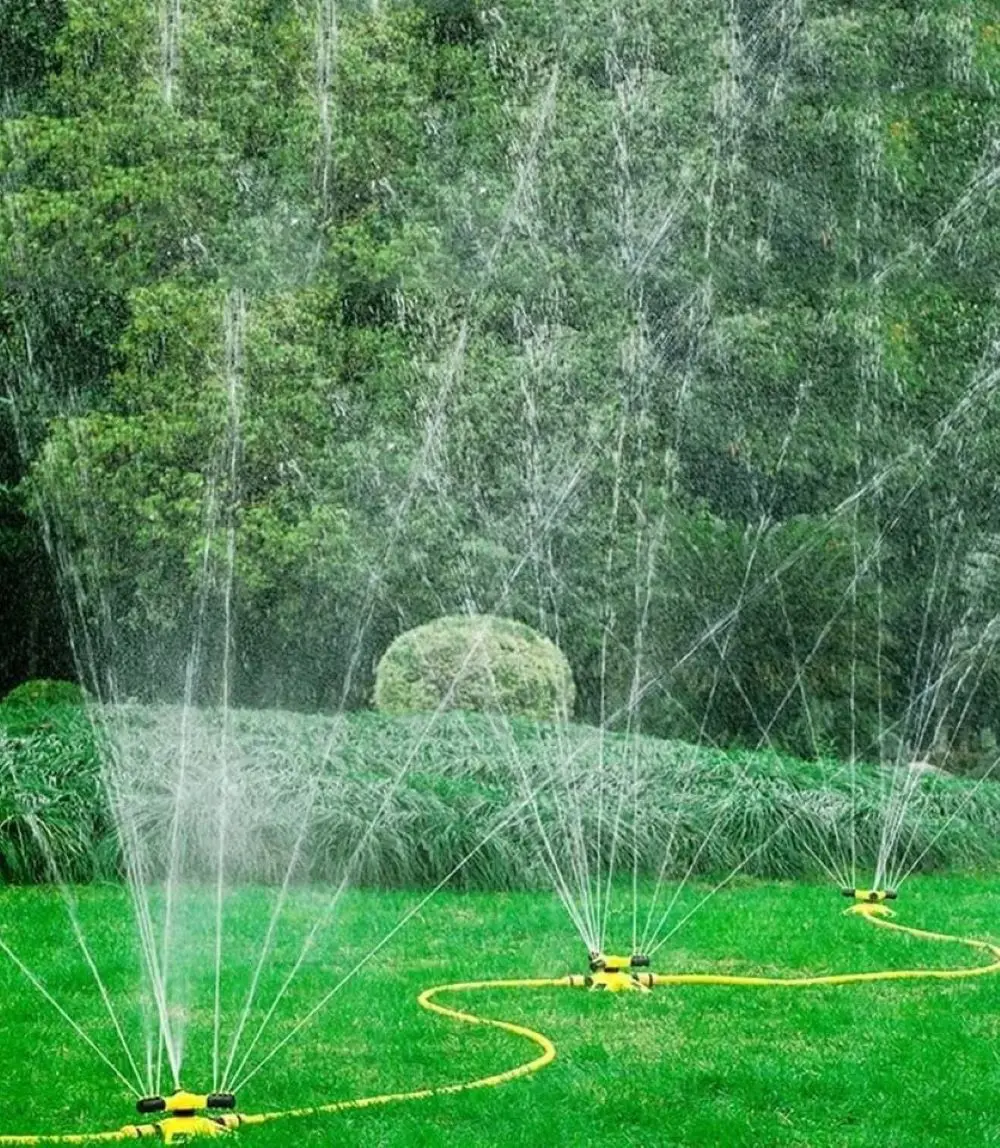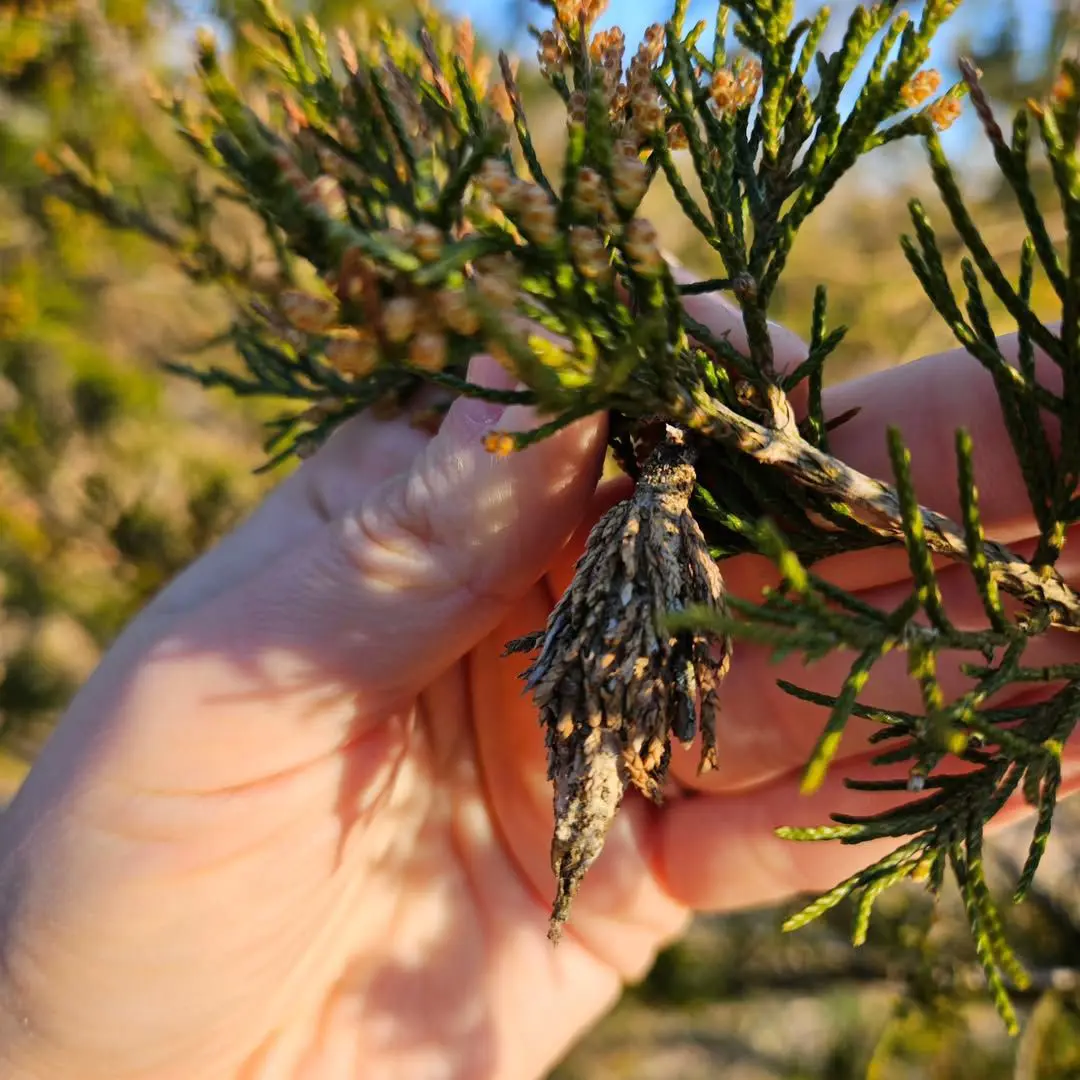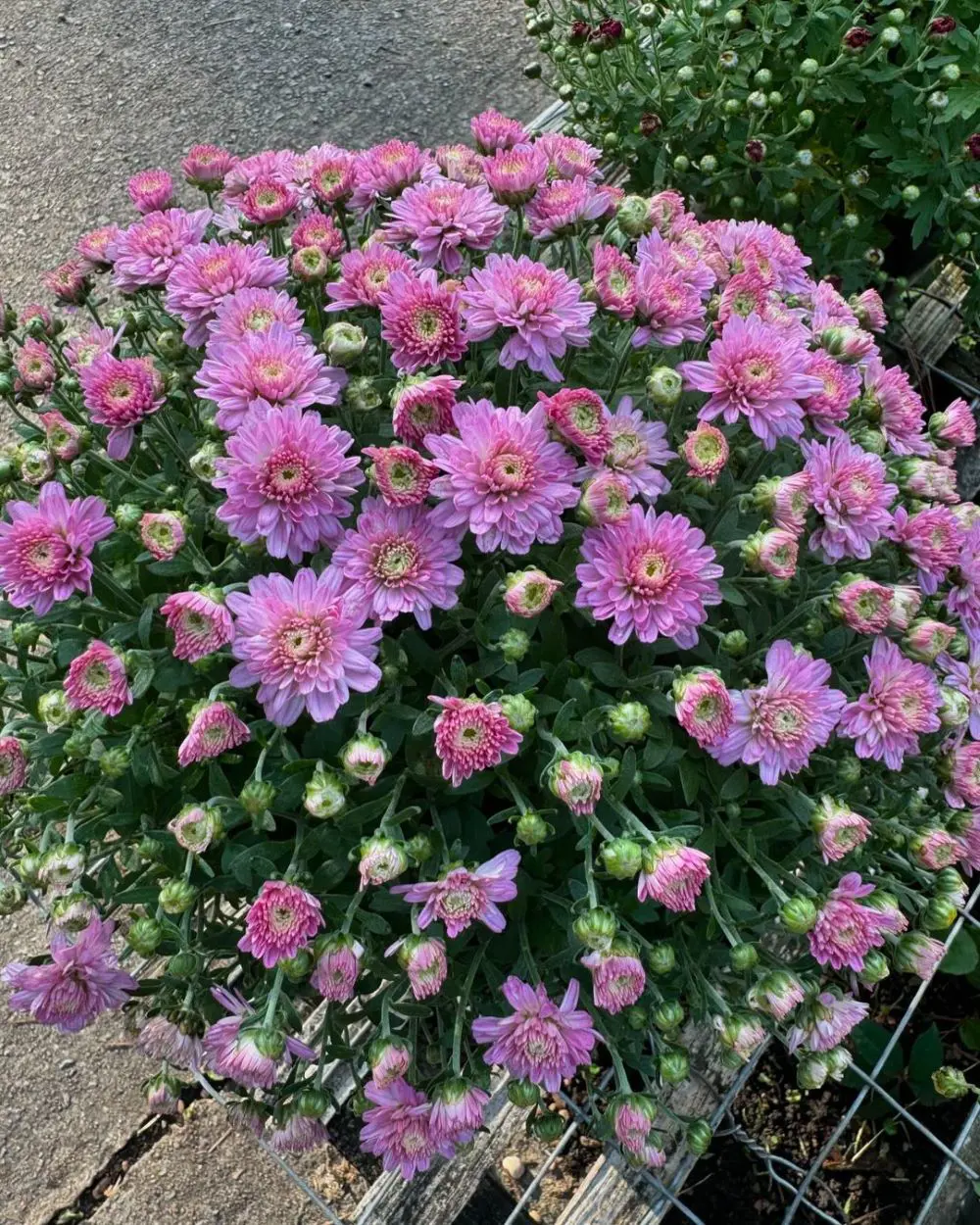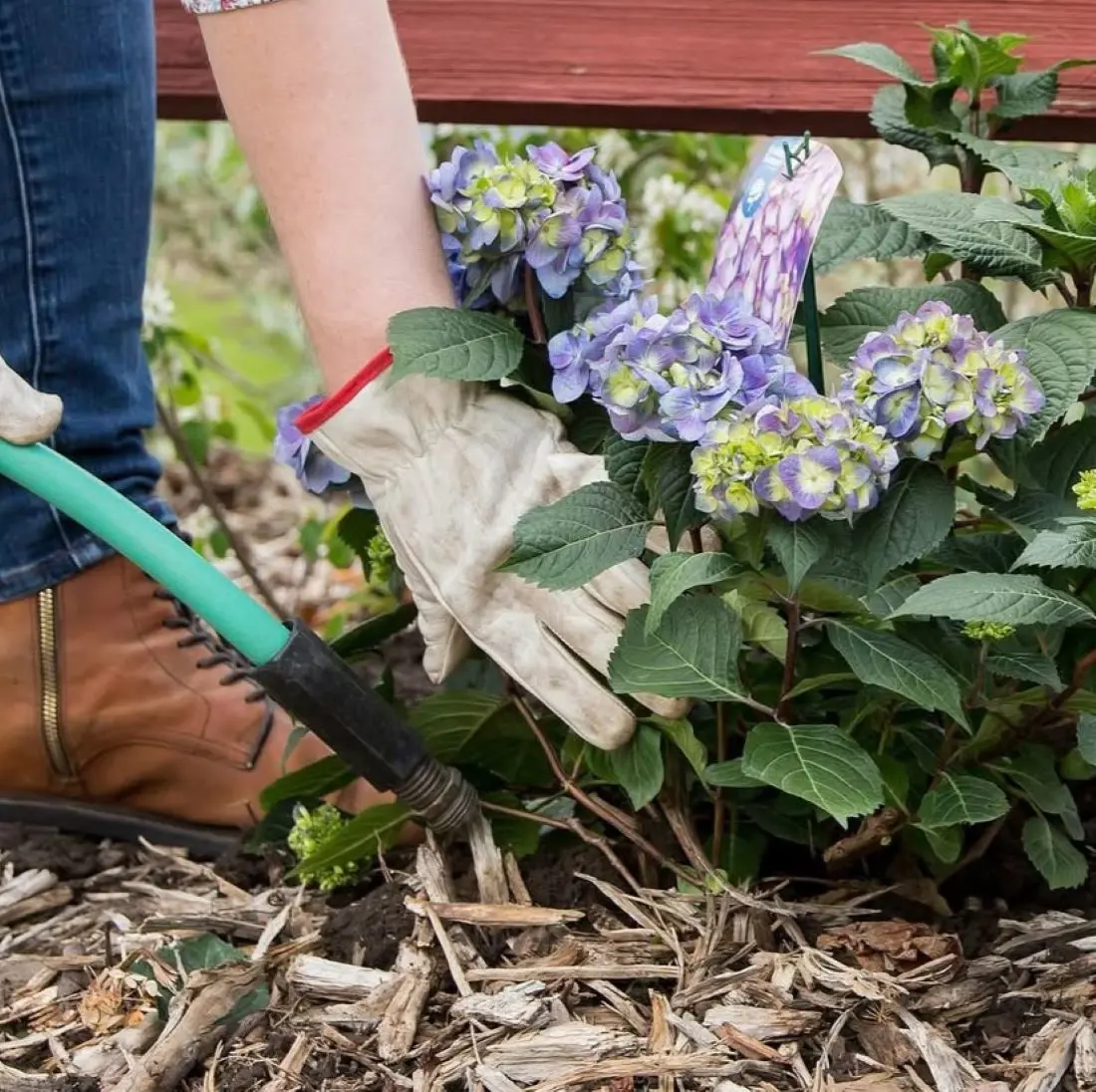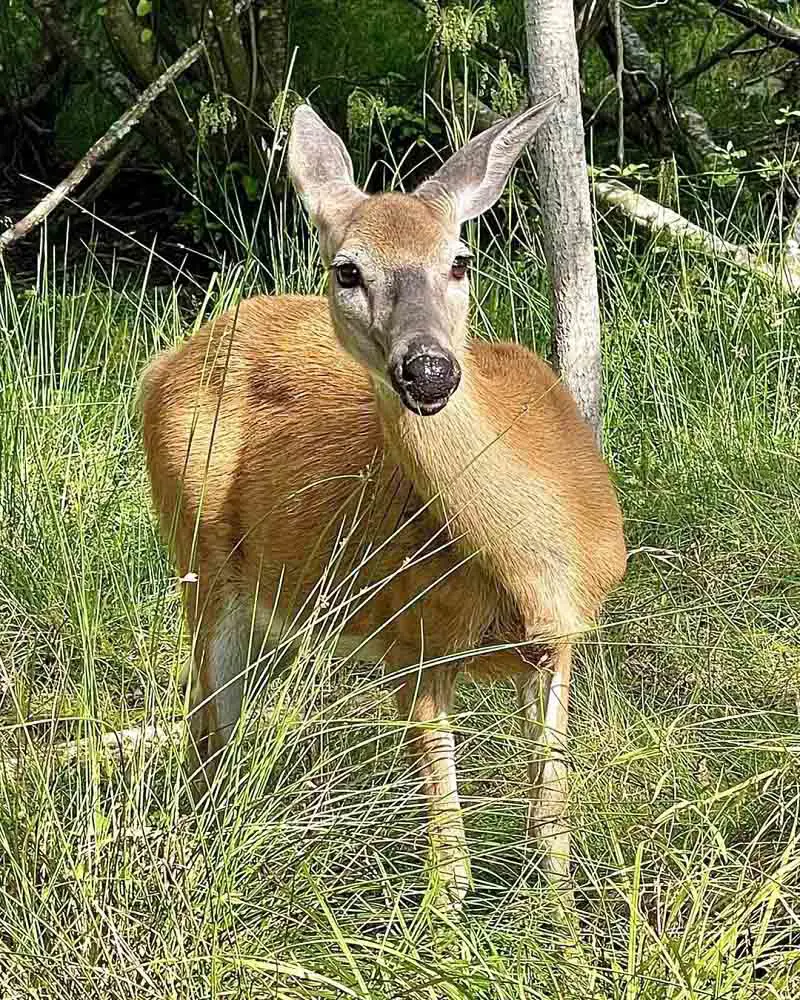When Does Hydrangea Bloom?
We have already discussed some important information regarding the flowers of hydrangeas. The blooming of flowers depends upon the species and the environmental conditions in which they grow, however, most usually tend to bloom from late spring to early fall.
Here, we will briefly discuss some commonly used hydrangeas in our garden.
1. Bigleaf Hydrangeas
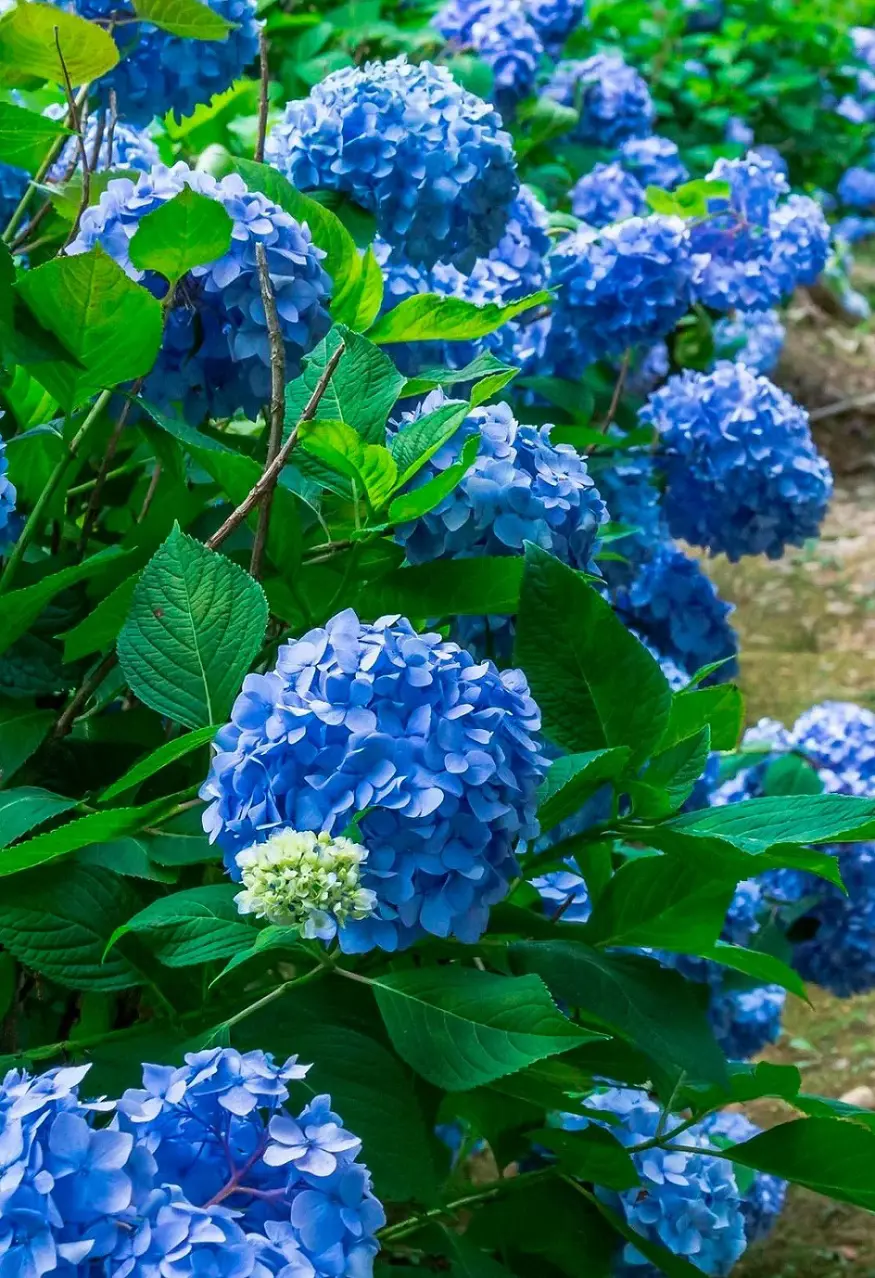
Bigleaf hydrangeas, also known as French hydrangeas, are a very common type of hydrangea in our garden. They often thrive in partial shade and are 6 to 10 feet tall.
Bigleaf hydrangeas bloom in summer and their flowers last from June to August most of the time. These hydrangeas produce pink, red, purple, or blue flowers. Bigleaf hydrangeas have a unique ability to change the color of their flowers based on the acidic level in the soil. Acidic soil often forms blue flowers, whereas alkaline soil produces red or pink flowers.
2. Oakleaf Hydrangeas

The leaves of an oakleaf hydrangea are shaped like the leaf of an oak plant. This is how they got their name. These hydrangeas are around 6 to 8 feet in height and produce white, pink, or purple flowers.
Oakleaf hydrangeas also bloom in summer, mostly between June and September. Oakleaf hydrangeas grow in well-drained acidic soil and can tolerate heat and cold much better than bigleaf hydrangeas.
3. Smooth Hydrangeas
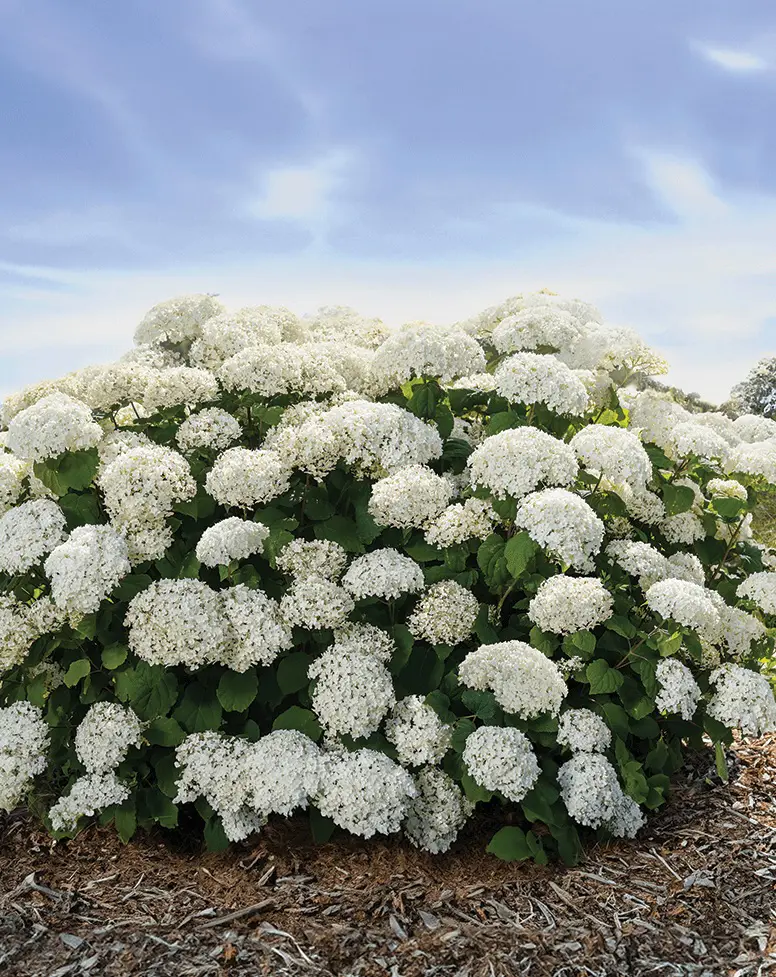
Smooth hydrangeas are around 3 to 5 feet in height and can grow in partial shade and full sunlight if provided with constant moisture. They are known for their big flowers, good reliability, and cold-tolerant capability.
Smooth hydrangeas bloom in summer, and their flower might last from June to September, depending on weather conditions. The color of the blossom is initially green which gradually turns into white and then into pink.
4. Panicle Hydrangeas

Panicle hydrangeas are well known for their large and cone-like flowers. They are tall reaching a height between 6 and 15 feet high and are upright or pyramidal. Panicle hydrangeas are often found in well-drained acidic soil and are cold resistant than most other types of hydrangeas.
Panicle hydrangeas can bloom in summer and autumn usually between July and September and produce white flowers. They are easier to grow and maintain than other hydrangeas.
5. Climbing Hydrangeas
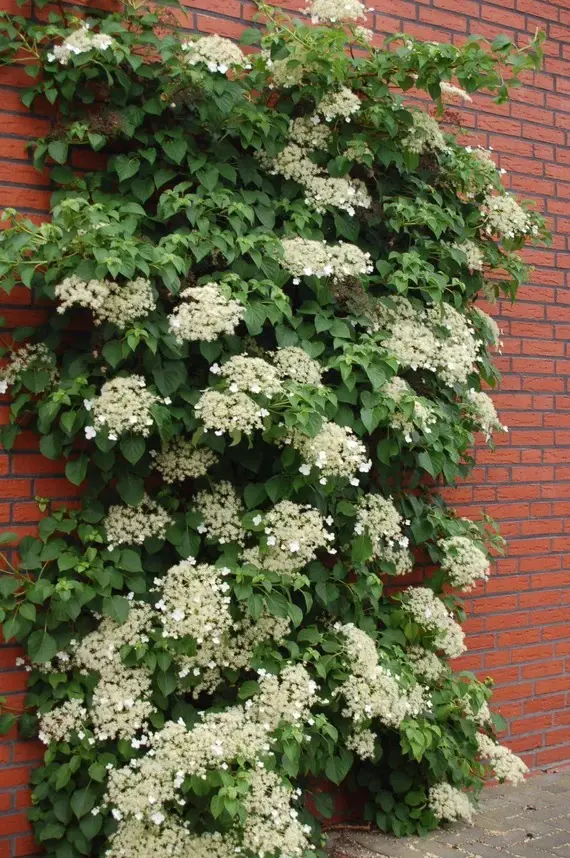
As their name suggests, climbing hydrangeas are vines and are easy to spot. They can easily claim your wall and reach a height between 30 to 40 feet. They grow in acidic soil and can thrive in brick walls and chimneys of your house. They can grow under partial shade and full sun as well.
The leaves and flowers of climbing hydrangeas are very appealing. The leaves are of dark green color which gradually turns yellow during autumn. Similarly, hydrangeas produce large white flowers in late spring or early summer.
6. Mountain Hydrangeas
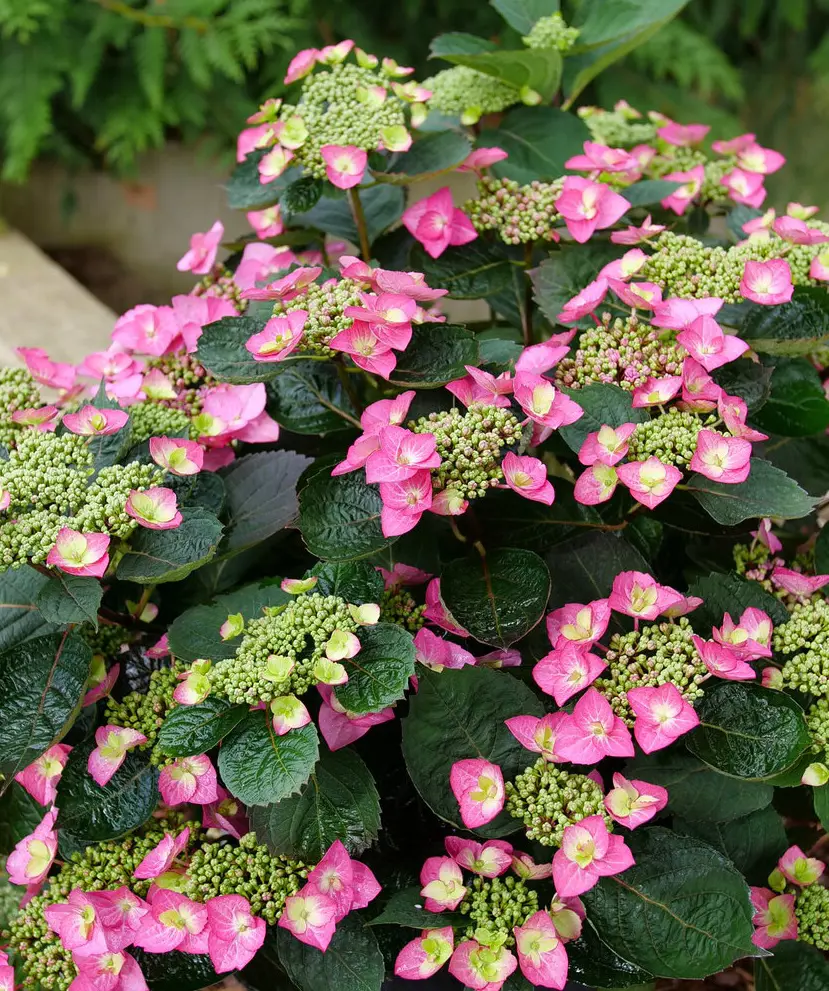
Mountain hydrangeas are related to bigleaf hydrangeas, however produce comparatively smaller and delicate flowers. Mountain hydrangeas get their name as they are grown in the mountains, especially in Korea and Japan, and can thrive in cold climates. They are around 2 to 4 feet in height and prefer to grow in partial shade.
Mountain hydrangeas bloom in summer, and their flowers remain between June to August. The colors of flowers range from pink to blue and just like in the bigleaf hydrangeas, the color of the flowers depends on the level of acidity in the soil.
7. Cascade Hydrangeas
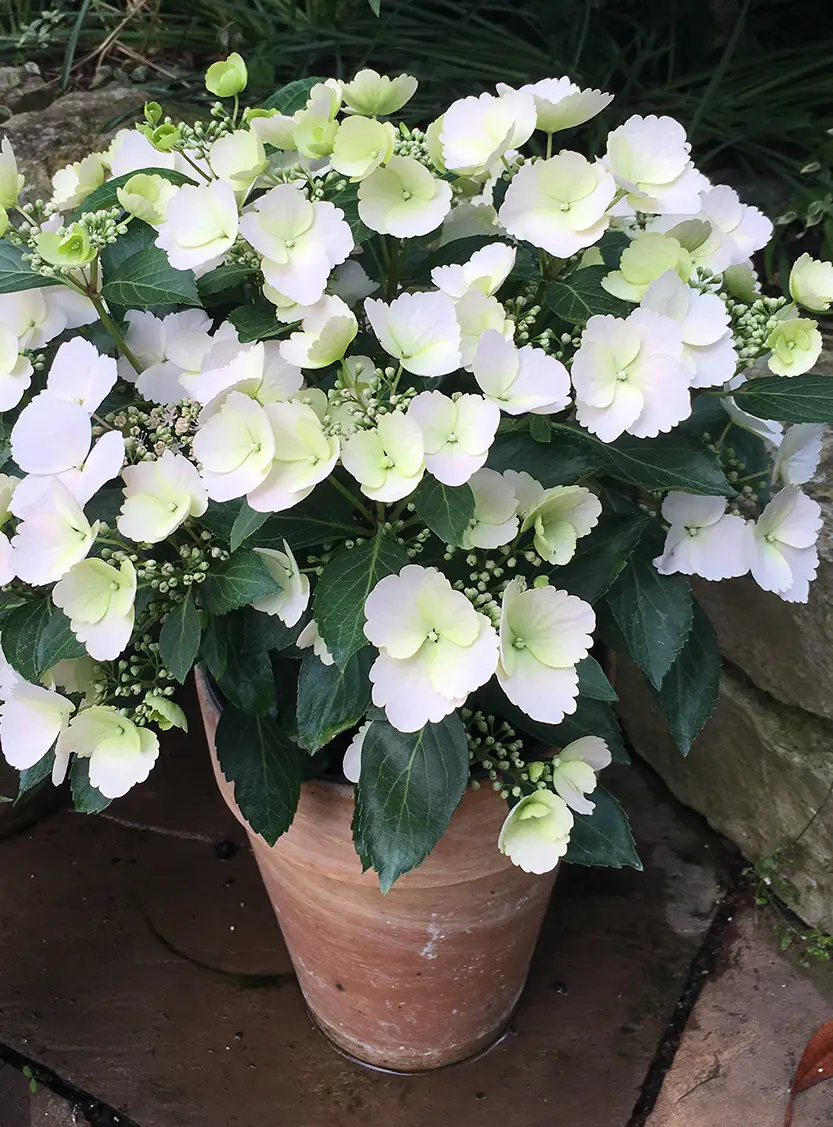
Cascade hydrangeas are also known as fairytale bride hydrangeas or hybrid hydrangeas. This is the newest hydrangea and is getting popular these days. Cascade hydrangeas are not cold-tolerant and should be kept in a bright spot in the winter season.
You can grow cascade hydrangeas in both the acidic and alkaline soil and the level of acidity does not affect the plant. These hydrangeas bloom in the spring and have white-colored flowers.
